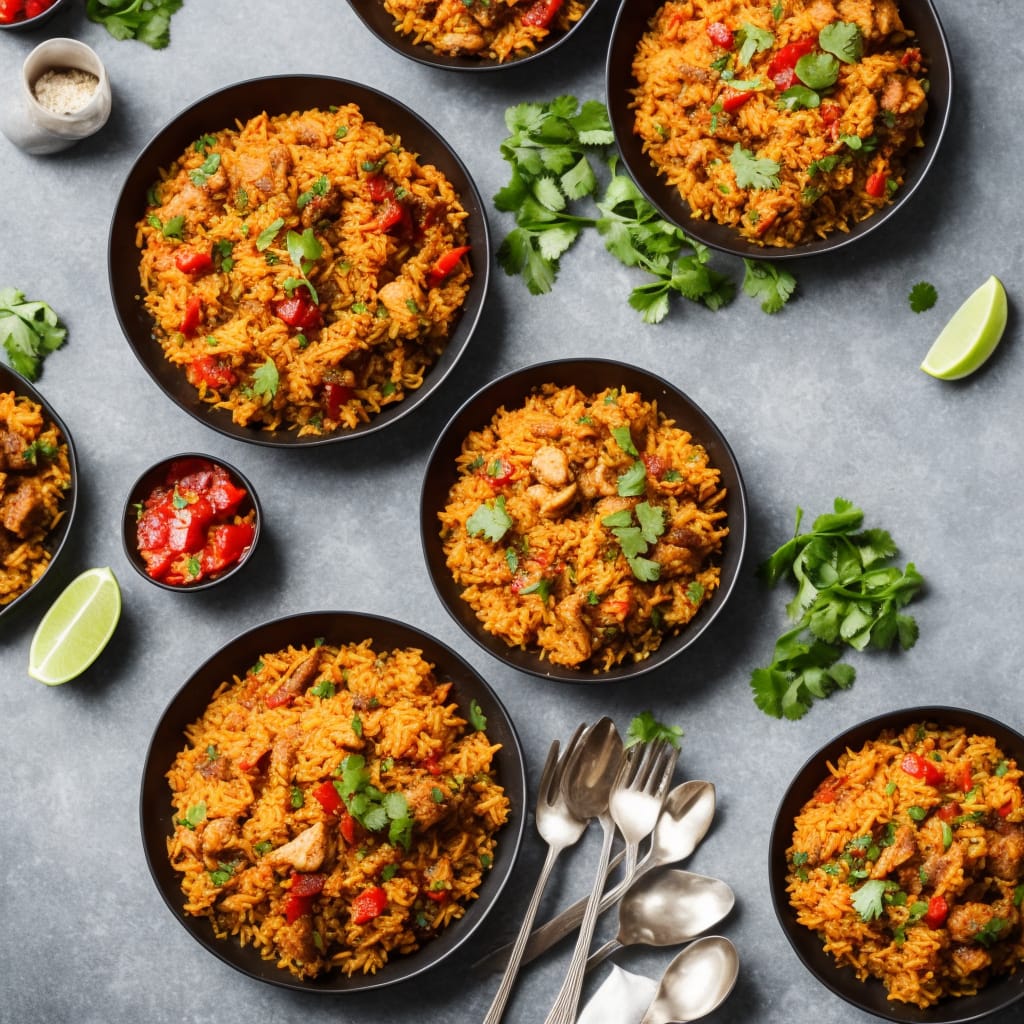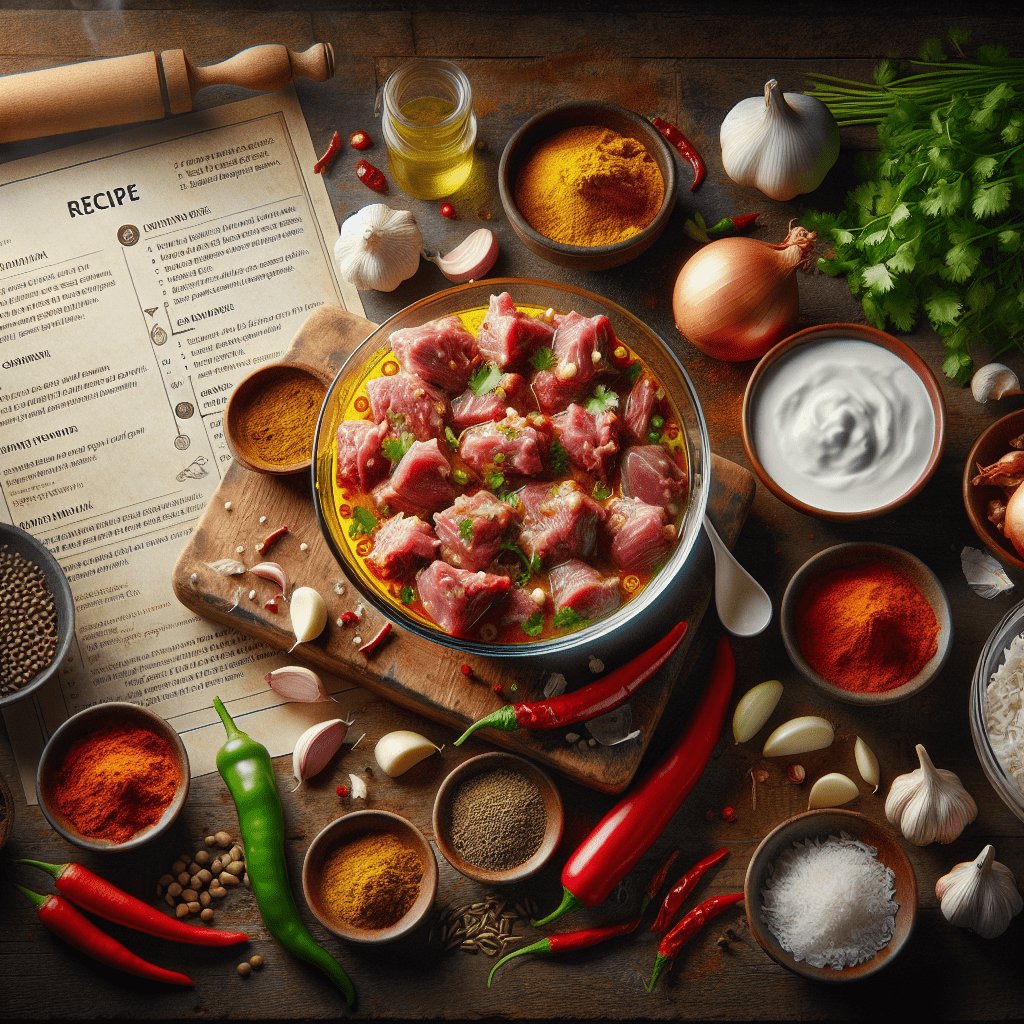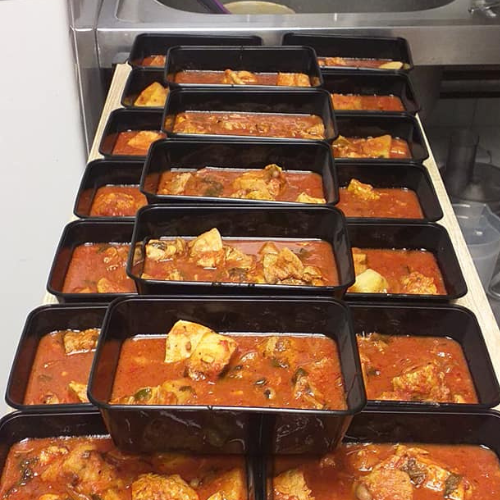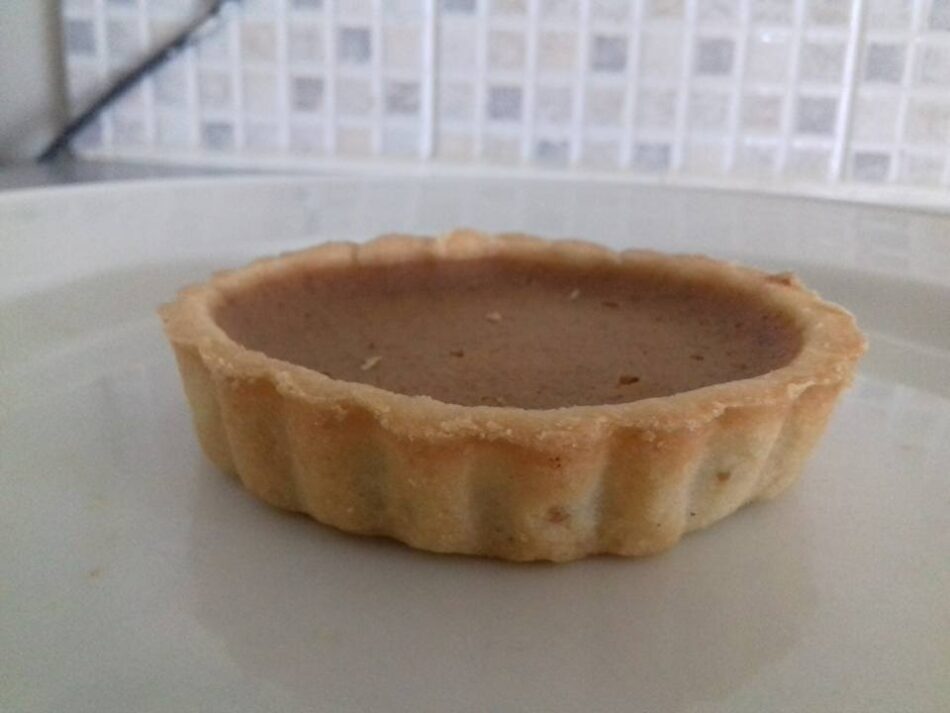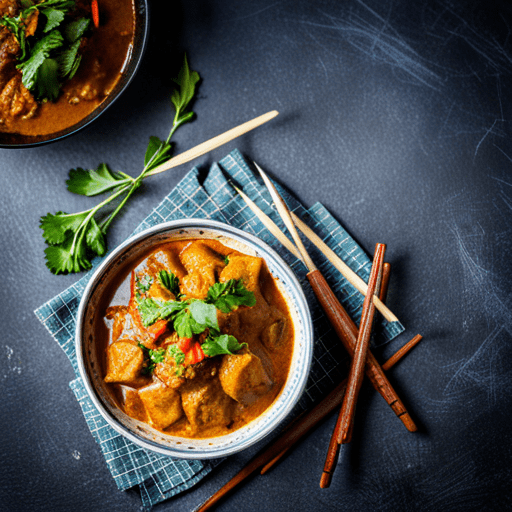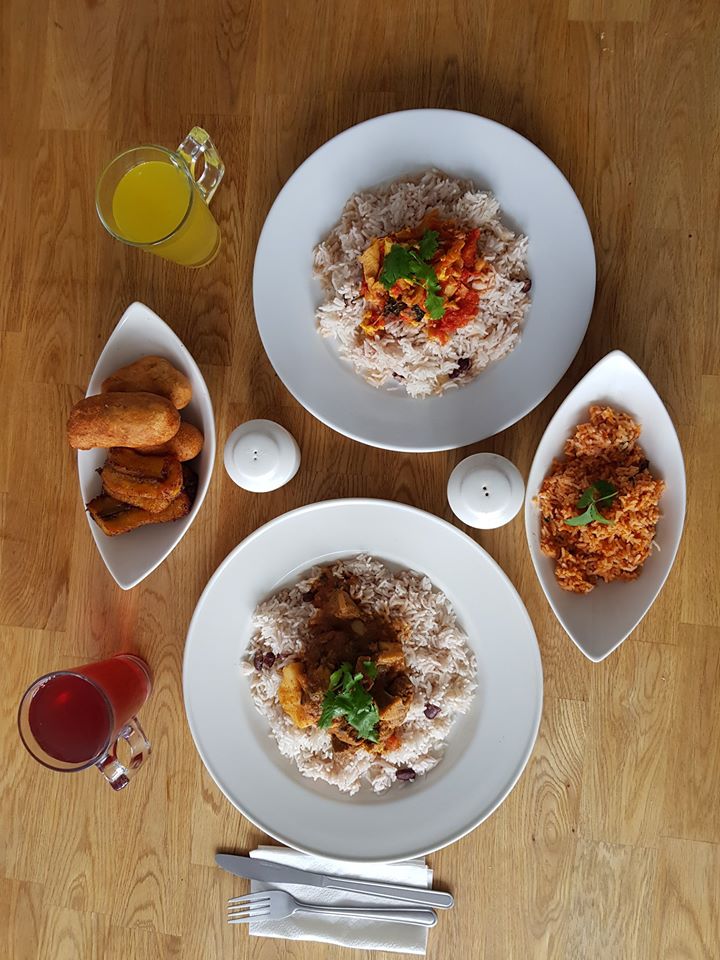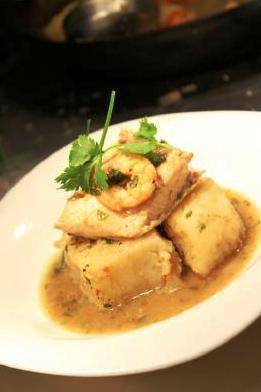From Proper Hygiene to Safe Cooking Techniques: A Comprehensive Guide to Healthy & Safety in the Kitchen
Introduction to Healthy & Safety in the Kitchen
The kitchen is often referred to as the heart of the home. It’s where we prepare meals for our families and friends, but it’s also a place where accidents can happen. From cuts and burns to food poisoning and fires, the kitchen can be a hazardous place if proper precautions are not taken.
Healthy & safe in the kitchen refers to the steps we take to prevent accidents and illness while preparing and cooking food. This includes everything from proper hygiene practices to safe cooking techniques and emergency preparedness.
Why is Healthy & Safety in the Kitchen Important?
The kitchen is a place where we handle food, which means that it can be a breeding ground for bacteria and other harmful microorganisms. If food is not handled and prepared properly, it can cause food poisoning and other illnesses.
In addition to food safety, there are other hazards in the kitchen that can lead to accidents and injuries. For example, sharp knives and hot surfaces can cause cuts and burns, and improperly stored chemicals can lead to fires and explosions.
By taking proper precautions and following best practices for healthy & safety in the kitchen, we can reduce the risk of accidents and illness and create a safe environment for ourselves and our loved ones.
Common Kitchen Hazards and How to Prevent Them
There are several common hazards in the kitchen that can lead to accidents and injuries. Here are some of the most common hazards and how to prevent them:
Burns and Scalds
Burns and scalds are among the most common kitchen injuries. To prevent burns and scalds, it’s important to use oven mitts or potholders when handling hot pots and pans, and to be careful when removing items from the oven or stove.
It’s also important to be aware of steam when cooking with liquids. When cooking with hot liquids, use a lid to prevent steam from escaping, and be careful when removing the lid as steam can cause burns.
Cuts and Lacerations
Sharp knives are essential tools in the kitchen, but they can also be dangerous. To prevent cuts and lacerations, it’s important to use a sharp knife and to keep your fingers away from the blade.
It’s also important to be aware of other sharp objects in the kitchen, such as can openers and graters. Always use these tools carefully and keep them away from children.
Food Poisoning
Food poisoning can occur when food is not handled or cooked properly. To prevent food poisoning, it’s important to wash your hands before and after handling food, and to properly store and cook food.
Meat should be cooked to the appropriate temperature, and leftovers should be stored in the refrigerator within two hours of cooking.
Proper Hygiene Practices in the Kitchen
Proper hygiene practices are essential for preventing the spread of bacteria and other harmful microorganisms in the kitchen. Here are some best practices for maintaining proper hygiene in the kitchen:
Hand Washing
Hand washing is one of the most important things you can do to prevent the spread of bacteria in the kitchen. Wash your hands with warm, soapy water for at least 20 seconds before and after handling food.
Cleaning Surfaces and Utensils
Surfaces and utensils should be cleaned thoroughly before and after use to prevent the spread of bacteria. Use hot, soapy water to clean cutting boards, knives, and other utensils, and wipe down countertops and other surfaces with a disinfectant.
Personal Hygiene
Personal hygiene is also important in the kitchen. Avoid cooking when sick, and tie back long hair to prevent it from getting into the food.
Safe Cooking Techniques
Safe cooking techniques are essential for preventing accidents and injuries in the kitchen. Here are some best practices for safe cooking:
Using the Right Tools
Using the right tools for the job can help prevent accidents and injuries. Make sure that you have the appropriate tools for the task at hand, and use them properly.
Paying Attention to Cooking Times and Temperatures
Cooking times and temperatures are important for preventing food poisoning. Make sure that meat is cooked to the appropriate temperature, and use a food thermometer to ensure that it’s cooked all the way through.
Keeping a Clean Work Area
A clean work area can prevent accidents and injuries. Keep your work area clean and free of clutter, and wipe up spills as soon as they occur.
Food Storage and Handling
Proper food storage and handling are essential for preventing food poisoning. Here are some best practices for food storage and handling:
Storing Food Properly
Food should be stored at the appropriate temperature to prevent the growth of bacteria. Keep perishable food in the refrigerator, and make sure that it’s stored at or below 40°F.
Handling Food Safely
When handling food, it’s important to avoid cross-contamination. Use separate cutting boards for meat and vegetables, and wash your hands and utensils thoroughly between tasks.
Kitchen Tools and Equipment Safety
Kitchen tools and equipment can be dangerous if not used properly. Here are some best practices for kitchen tools and equipment safety:
Reading the Instructions
Before using a new kitchen tool or piece of equipment, read the instructions carefully. Make sure that you understand how to use it properly.
Keeping Tools and Equipment in Good Condition
Tools and equipment should be kept in good condition to prevent accidents and injuries. Sharpen knives regularly, and replace any damaged or worn equipment.
Emergency Preparedness in the Kitchen
In the event of an emergency, it’s important to be prepared. Here are some best practices for emergency preparedness in the kitchen:
Having a Fire Extinguisher
A fire extinguisher should be kept in the kitchen in case of a fire. Make sure that you know how to use it properly.
Knowing What to Do in an Emergency
In the event of an emergency, it’s important to know what to do. Have an emergency plan in place, and make sure that everyone in the household knows what to do in case of an emergency.
Resources for Learning More About Healthy & Safety in the Kitchen
There are many resources available for learning more about healthy & safety in the kitchen. Here are some resources to check out:
Food Safety and Inspection Service
The Food Safety and Inspection Service provides information on food safety and handling.
Centers for Disease Control and Prevention
The Centers for Disease Control and Prevention provides information on food safety and handling, as well as emergency preparedness.
American Red Cross
The American Red Cross provides information on emergency preparedness, including first aid.
Conclusion
Maintaining a healthy and safe environment in the kitchen is essential for preventing accidents and illness. By following best practices for healthy & safety in the kitchen, we can create a safe environment for ourselves and our loved ones. Remember to practice proper hygiene, use safe cooking techniques, store and handle food properly, and be prepared for emergencies. With these tips and resources, you can create a safe and healthy kitchen environment.

